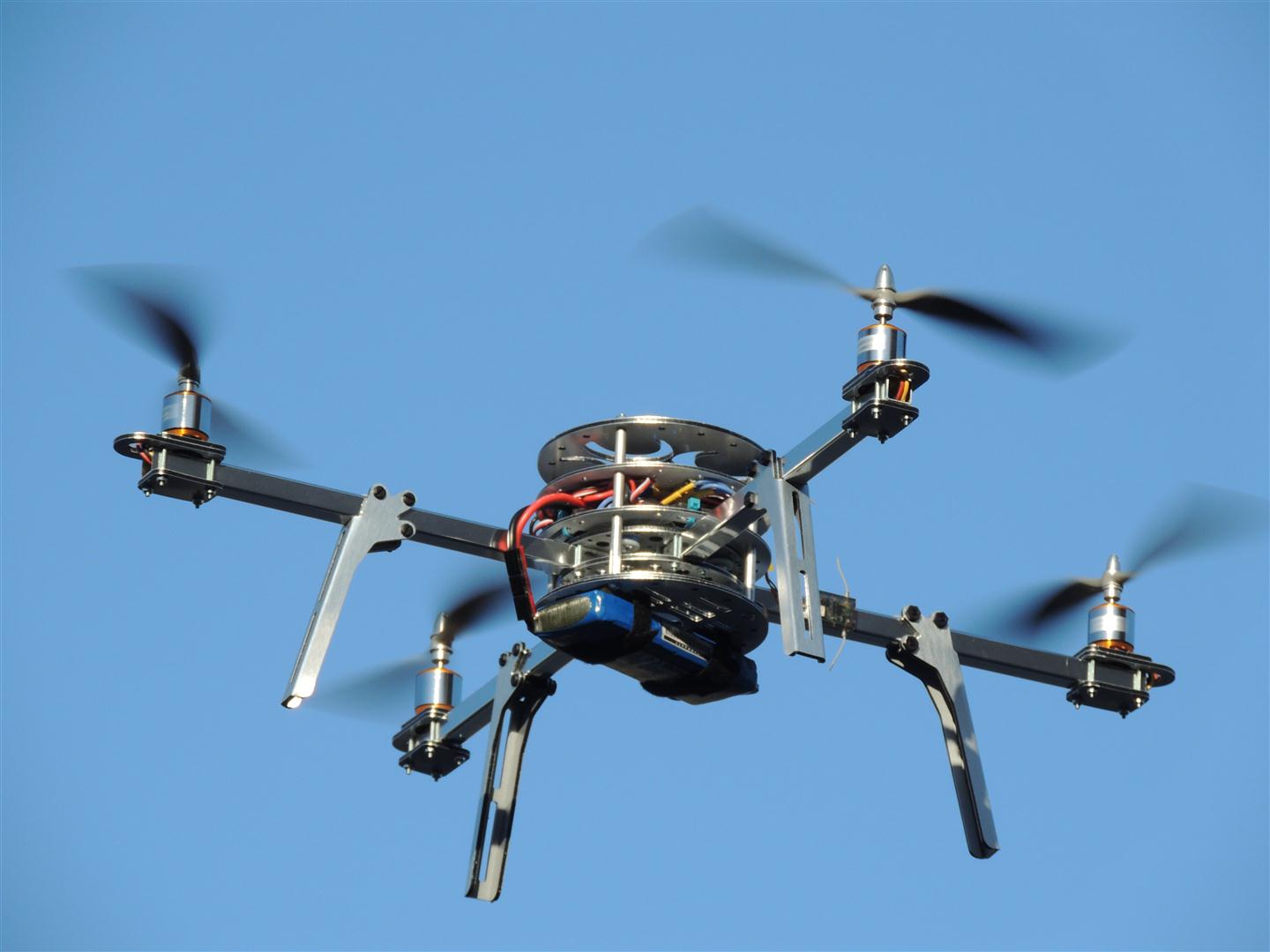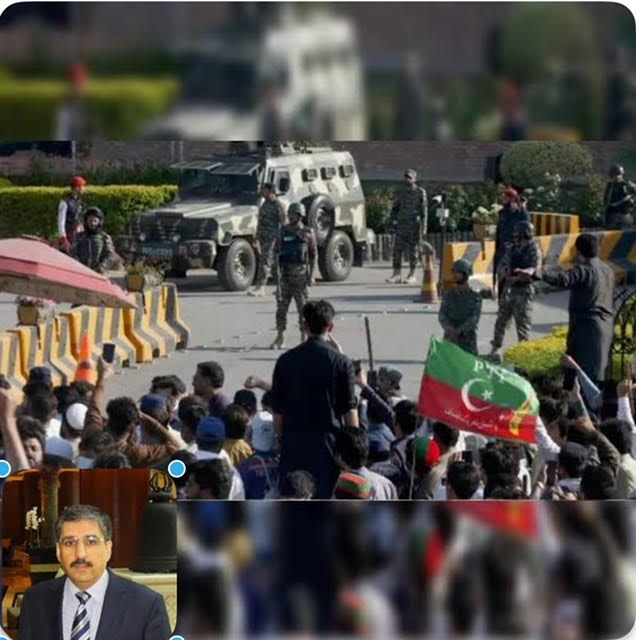TSB Team Analysis
A United Nations report, the 35th report of the Analytical Support and Sanctions Monitoring Team (ASSMT), which was presented to the United Nations Security Council (UNSC), has made startling revelations that despite Pakistan’s increasing diplomatic and military pressure, the Afghan Taliban continue to support the banned Tehreek-i-Taliban Pakistan (TTP), contributing to the militant group’s escalating attacks within Pakistan.
ASSMT is an independent body established by the UNSC to oversee sanctions enforcement against groups linked to Al Qaeda, the Islamic State (Daesh), and their affiliates. The team issues biannual assessments on the threat posed by these groups, shaping international security policies.
TTP’s Growing Threat to Pakistan
The report, covering the period from July 1 to December 13, 2024, confirms that TTP’s operational presence in Afghanistan remains unchanged while its attacks in Pakistan have significantly intensified. During this time frame, TTP launched over 600 attacks, with many originating from Afghan territory.
Taliban’s Financial and Logistical Support
According to the report, the Afghan Taliban continues to provide TTP with financial assistance, operational freedom, and logistical backing. This support has allowed TTP to maintain its capabilities and expand its activities.
One of the most alarming revelations is that TTP leader Noor Wali Mehsud’s family receives approximately $43,000 per month from the Afghan Taliban, underscoring the level of financial support being provided to the group.
Additionally, TTP has established new training camps in Kunar, Nangarhar, Khost, and Paktika provinces and has been actively recruiting new fighters, including some from within the ranks of the Afghan Taliban. With an estimated 6,000 to 6,500 fighters, TTP remains the largest terrorist organization operating from Afghanistan.
Pakistan’s Military and Diplomatic Response
Faced with escalating cross-border attacks, Pakistan has intensified military operations under “Azm-i-Istehkam”, targeting TTP hideouts in Afghanistan, particularly in Paktika and Khost provinces. These operations include cross-border strikes and retaliatory actions against TTP strongholds.
At the same time, Pakistan has pursued diplomatic channels, sending delegations to Kabul to urge the Afghan Taliban to take action against TTP sanctuaries. However, the Taliban leadership has remained reluctant, opting to propose mediation rather than direct military action, leading to a diplomatic deadlock.
The UN report reaffirms that the Taliban’s inaction has allowed TTP to intensify its offensive operations against Pakistan, with the report stating that the scale and ambition of TTP attacks have significantly increased.
TTP’s Alliances with Other Terrorist Groups
TTP’s growing threat is further compounded by its collaboration with Al Qaeda in the Indian Subcontinent (AQIS) and other militant factions. These groups are reportedly conducting attacks under the banner of Tehreek-e-Jihad Pakistan (TJP).
The report warns that the growing cooperation among these terrorist networks—including sharing fighters, suicide bombers, and ideological guidance—could position TTP as a broader regional threat, potentially serving as an umbrella organization for various extremist factions operating in South Asia.
Links Between BLA and Other Terrorist Organizations
The Balochistan Liberation Army (BLA), through its Majeed Brigade, carried out multiple high-casualty attacks in southwestern Pakistan, including in Awaran, Panjgur, and Dalbandin during the reporting period. A significant revelation is that the Majeed Brigade has recruited women into its ranks and maintains operational ties with TTP, Islamic State-Khorasan (IS-K), and the Eastern Turkistan Islamic Movement (ETIM/TIP). The report suggests that the BLA’s strategic alliance with religiously motivated terrorist groups like TTP represents a shift in its traditional ethno-nationalist agenda.
Counter-Terrorism Efforts Against IS-K
The report highlights a major setback for IS-K, as Pakistani security forces arrested three high-profile IS-K operatives responsible for recruitment, travel, and financing terrorist attacks, including those in Kerman (Iran) and Moscow (Russia).
The arrested IS-K figures include:
- Adil Panjsheri (Afghan national) – logistics and travel coordinator
- Abu Munzir (Tajik national) – recruitment head across Central Asia
- Kaka Younis (Uzbek national) – key financier of terrorist operations
However, Tariq Tajiki, believed to be the mastermind behind the Kerman attack, remains at large in Afghanistan.
The report further reveals that IS-K has shifted from electronic communications to traditional courier networks to evade counter-terrorism efforts and minimize detection.
Analysis of the Report
- Taliban’s Duplicity and Regional Instability
- The report underscores the Afghan Taliban’s continued ties with TTP, contradicting its claims of not harboring terrorists.
- The Taliban’s refusal to take decisive action against TTP suggests either ideological alignment or strategic leverage against Pakistan.
- Pakistan’s Two-Pronged Approach: Military & Diplomacy
- Pakistan’s cross-border military actions signal a shift in counter-terrorism strategy, focusing on preemptive and retaliatory strikes.
- However, diplomatic efforts have largely failed, as the Taliban remains reluctant to take meaningful action.
- TTP’s Increasing Capabilities and Alliances
- TTP’s financial backing, training camps, and recruitment drives indicate it is expanding and strengthening its operations.
- Collaboration with Al Qaeda, IS-K, and BLA suggests the emergence of a broader terrorist network threatening regional security.
- Potential Escalation of Pakistan-Afghanistan Tensions
- Pakistan may increase cross-border military operations, heightening tensions with Kabul.
- If left unchecked, TTP’s ambitions could extend beyond Pakistan, posing a regional security threat.
- IS-K’s Continued Expansion
- Despite the arrests of key operatives, IS-K remains active and continues to operate in Afghanistan.
- Its shift to traditional courier networks suggests adaptability in response to counter-terrorism efforts.
- Emerging BLA-TTP Nexus
- The Majeed Brigade’s collaboration with TTP, IS-K, and ETIM/TIP signifies a dangerous convergence between ethno-nationalist and religious extremist groups.
- This new alliance could complicate counter-terrorism operations in Pakistan’s southwestern region.
Conclusion and Recommendations:
The Analytical Support and Sanctions Monitoring Team (ASSMT) compiles credible reports using intelligence from multiple sources, including classified and publicly available data from UN member states, national security and counterterrorism authorities, UN missions such as UNAMA, and regional organizations like the EU, OSCE, GCC, FATF, and Interpol. The team also gathers insights from defectors, captured terrorists, and informants, alongside satellite imagery and electronic surveillance, to monitor terrorist movements and operational strategies. By integrating these diverse sources, the Monitoring Team provides comprehensive evaluations that shape global counterterrorism policies and sanctions enforcement.
Pakistan and regional countries must prioritize countermeasures against the threats outlined in the UN report, which highlights the persistent security challenges posed by the Afghan Taliban’s support for TTP. With TTP’s growing strength, increased cross-border attacks, and emerging terrorist alliances, Pakistan must adopt a multi-faceted approach, including:
- Enhanced counterterrorism operations targeting TTP’s strongholds in Afghanistan.
- Stronger international diplomatic efforts to pressure the Afghan Taliban into taking decisive action against TTP.
- Increased intelligence-sharing with regional allies to disrupt terrorist networks.
- Greater coordination with China, given that TTP and BLA increasingly target Chinese interests and CPEC projects.
- Strengthened border security measures, including technological surveillance and rapid response forces to curb infiltration.
- Tightening financial regulations and monitoring illicit funding sources to disrupt TTP’s financial networks.
Furthermore, while the UN report does not explicitly mention India’s alleged support for TTP, local intelligence sources strongly indicate Indian backing for both TTP and BLA. Pakistan must actively highlight this aspect on global platforms, providing credible evidence to the UN and international community to expose and counter external sponsorship of terrorism in the region.



